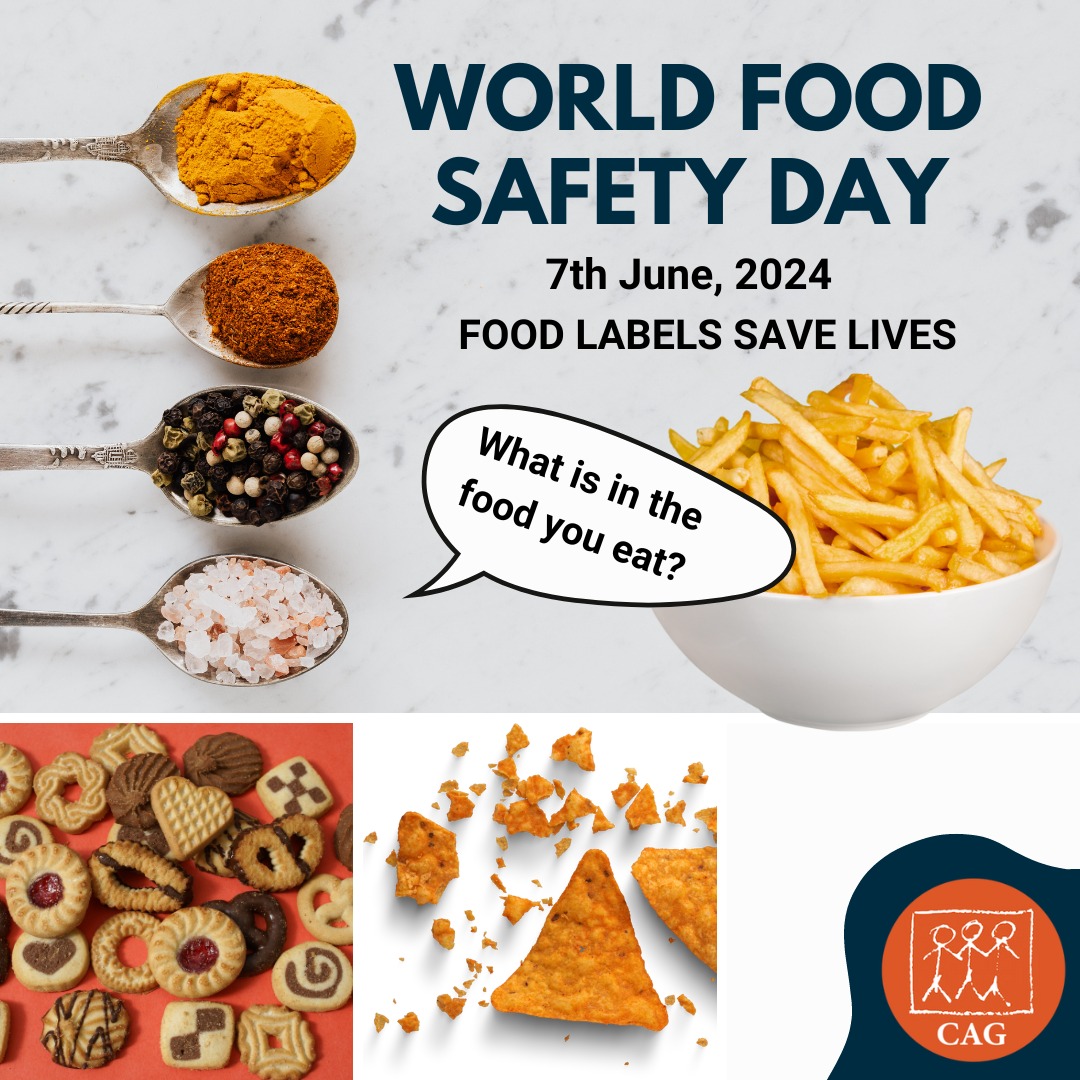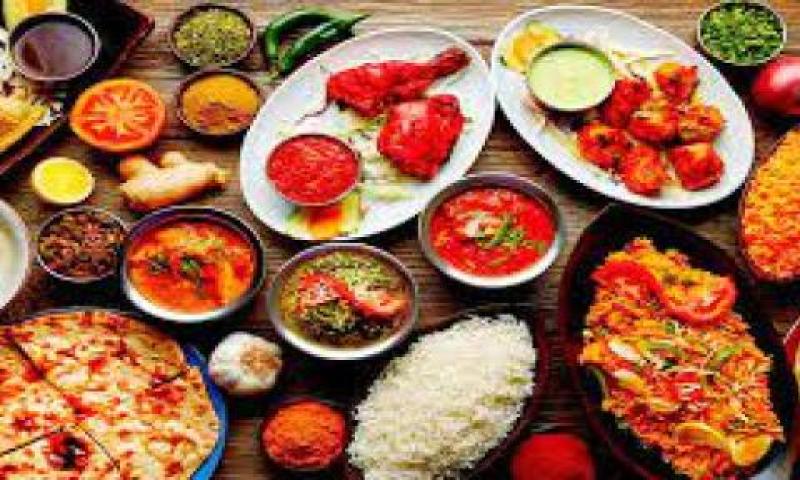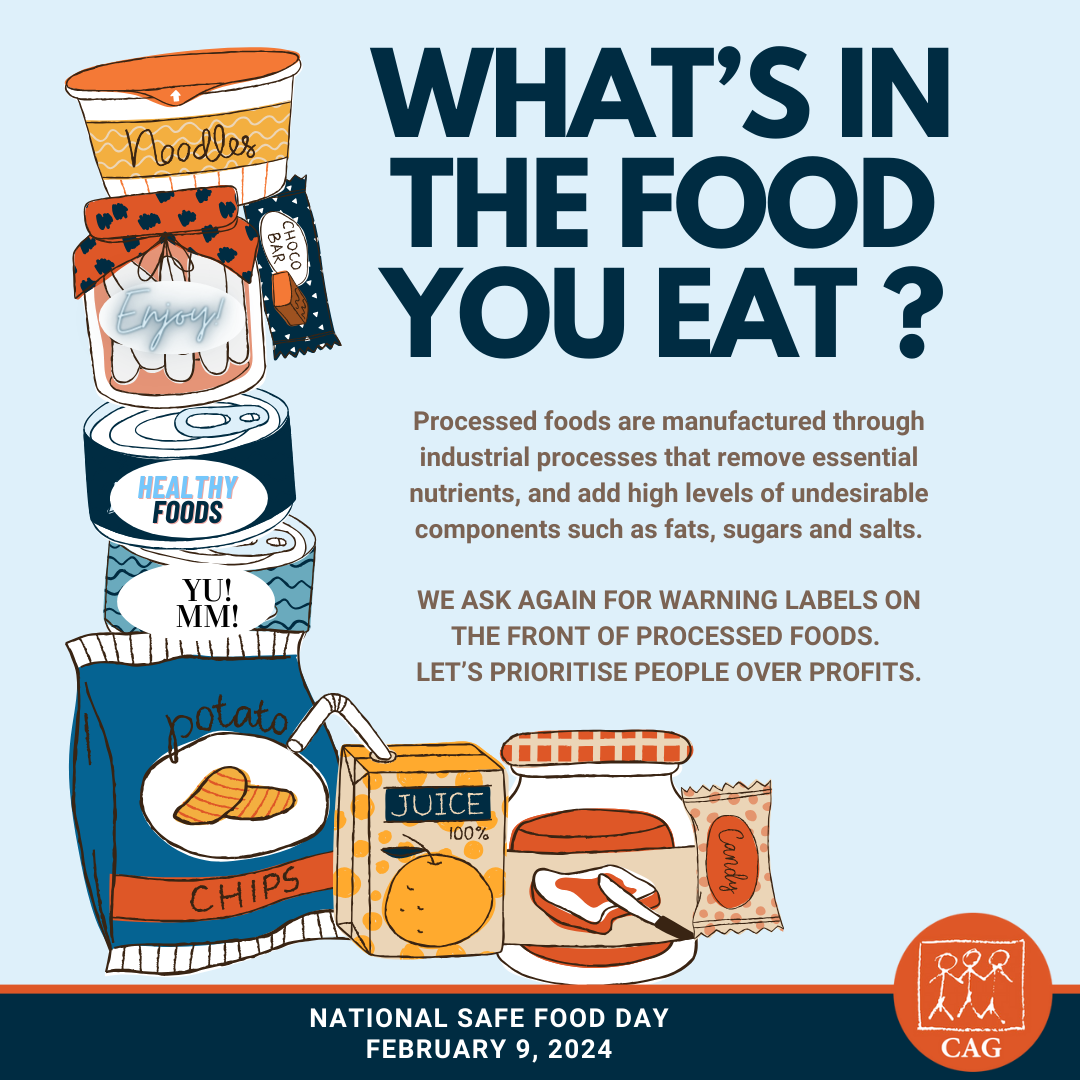Hypertension (high blood pressure) is a medical condition where the pressure exerted by the blood on the inner walls of blood vessels is high. This incidence of blood pressure is rising, driven by obesity, sedentary lifestyles, and modern diets that comprise processed foods high in fats, sugar and salt. Hypertension often has no symptoms and so it is called the ‘silent killer’. It can become serious if left unidentified and untreated. Hypertension is the underlying and leading cause of cardiovascular disease and premature death worldwide (World Health Organisation). Building awareness among the public about the dangers of hypertension therefore remains an essential aspect of managing this rapidly rising condition.
Hypertension accounts for about half of all heart disease and stroke-related deaths worldwide (World Heart Foundation). A worrying trend is the increase in the prevalence of hypertension in low and middle-income countries, almost two-thirds of adults aged between 30-79 live here. Unfortunately, 46% of adults in the world are not aware of their conditions. Large vulnerable populations in India live under significant risk of heart attacks and strokes, when hypertension is a condition that can be detected with minimal diagnostic equipment even at primary health care centres. Even treatment costs of the disease are low compared to most other non-communicable diseases (NCDs) prevalent in India. Despite this, India alone has more than 200 million people who are hypertensive or diagnosed with high blood pressure, with a mere 20 million having it under control.
Globally, WHO has set a target to reduce the prevalence of hypertension by 33% by 2030. It is therefore obligatory that routine screening and treatment be made accessible to the last mile if we intend to contain its rise.



